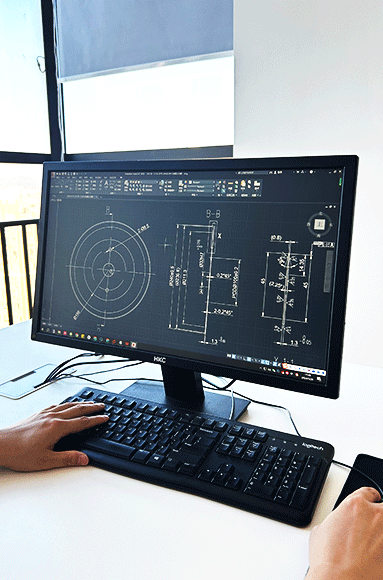Bad cuts and seals ruining your product packaging? This downtime costs you money and harms your brand's reputation. Understanding your machine's blades is the first step to a solution.
VFFS machines1 use integrated cutters like straight or scissor blades within their sealing jaws. HFFS machines2 use a series of blades, including slitting, forming, and cut-off knives, to create packages horizontally from a film roll. The right blade ensures a clean, efficient process.
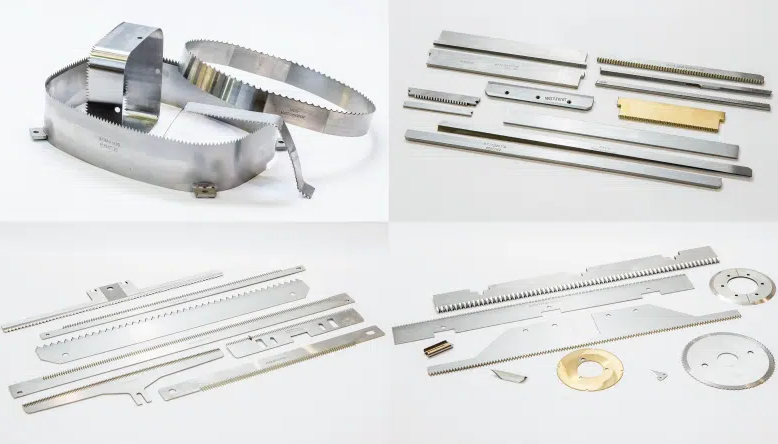
It might sound a bit technical, but it's simpler than you think. As a sales manager at PASSION, I've seen how the right blade can transform a packaging line. It’s one of the most common issues my customers face. So, I want to walk you through the details of each machine. Let's break down each machine type so you can see exactly how they work and which blades they need to perform at their best.
What Specific Blades Power A VFFS Machine's Sealing And Cutting Process?
Are you getting inconsistent bag lengths and messy cuts from your VFFS machine? This often leads to product waste and even customer complaints about poor packaging. The problem usually comes down to the cross-seal jaw blades3.
VFFS machines typically use cutters integrated into the horizontal sealing jaws. Common types are straight-edge, zig-zag, and scissor-style blades4. They work by sealing the bag's top and bottom while simultaneously cutting the film between the seals in one quick motion, ensuring efficiency.
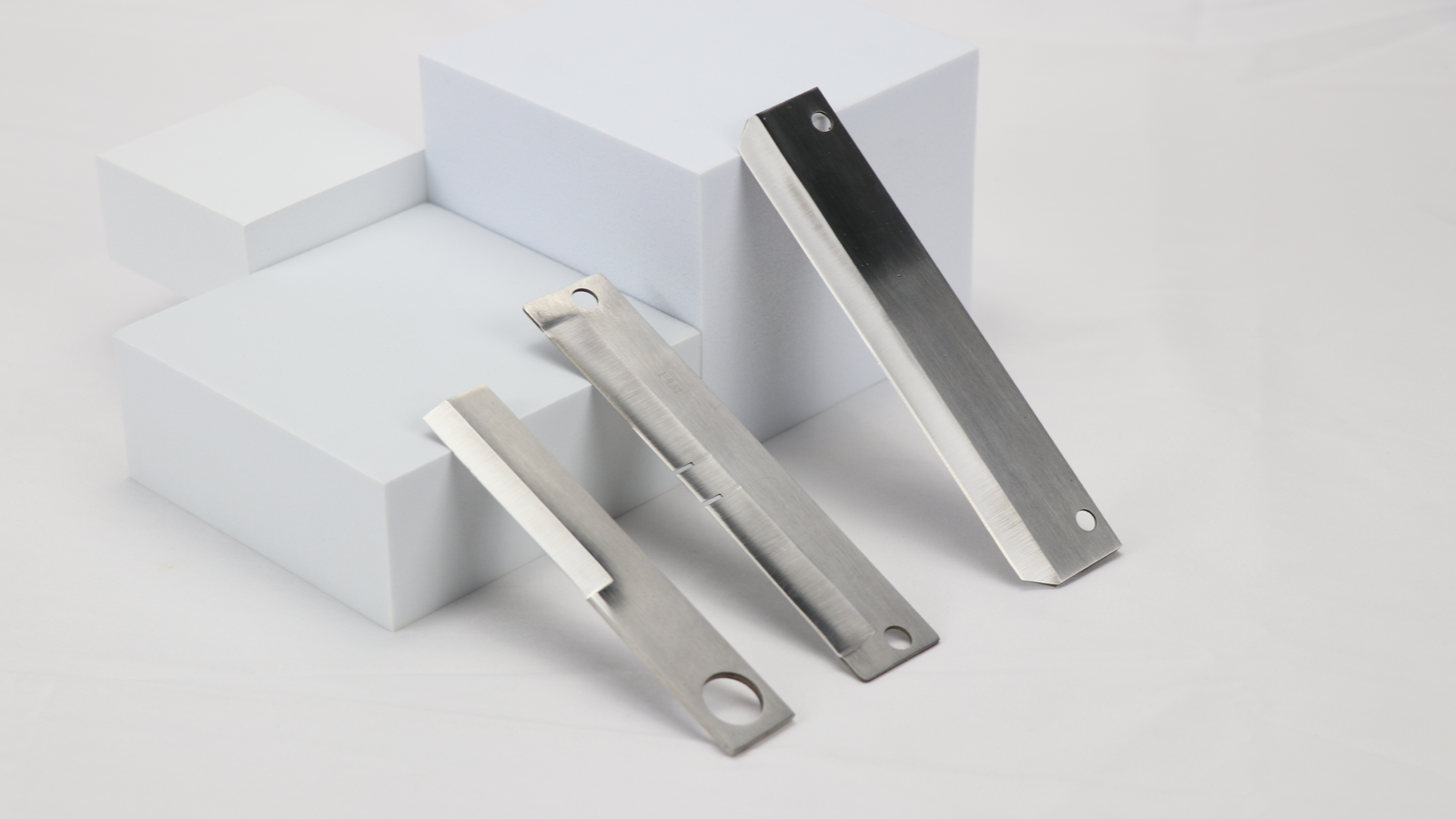
The magic of a VFFS (Vertical Form Fill Seal)5 machine happens in one fast, vertical motion. Film from a large roll is fed through a forming collar, which shapes it into a tube. A vertical sealing bar creates a seal down the length of the tube. Then, the product is dropped into it. The next step is where the blades become critical. The horizontal sealing jaws come together to perform two jobs at once. They heat-seal the top of the filled bag and the bottom of the next bag above it. In that same motion, a blade cuts between these two seals to separate the finished package. This integrated action makes the process incredibly fast and is perfect for single-serve items like snacks or coffee.
The Role Of The Sealing Jaws
The sealing jaws are the heart of the cutting process. The blade is mounted directly onto one of the jaws, so as they clamp shut to seal the film, the blade engages and makes the cut. The timing and sharpness of this blade are everything. A dull blade will tear the film or require too much pressure, which can damage the seal. A perfectly sharp blade ensures a clean cut every single time, without compromising the integrity of the bag's seal.
Common VFFS Blade Types
| Blade Type | Description | Best Use |
|---|---|---|
| Straight Blade | A simple, flat-edged blade that provides a clean, straight cut. | Standard packaging where a basic, neat edge is needed. |
| Zig-Zag / Serrated | Creates a serrated or "sawtooth" edge, often used for easy-to-open packages. | Snack bags, pouches that need a tear-off feature. |
| Scissor-Style | Two blades that come together in a shearing motion, like scissors. | Thicker or more difficult-to-cut packaging films. |
How Do The Multiple Blades In An HFFS Machine Work Together?
Is your HFFS machine creating poorly shaped packs that won't separate correctly? This can stop your entire production line and create a major bottleneck. The issue is often that the machine's different blades are not working in perfect sync.
HFFS machines use a team of blades. First, a slitting knife may divide the film. Then, forming and cut-off blades, often in a rotary or box-motion assembly, shape and separate each package after it is filled. These blades must be perfectly timed to create consistent products.
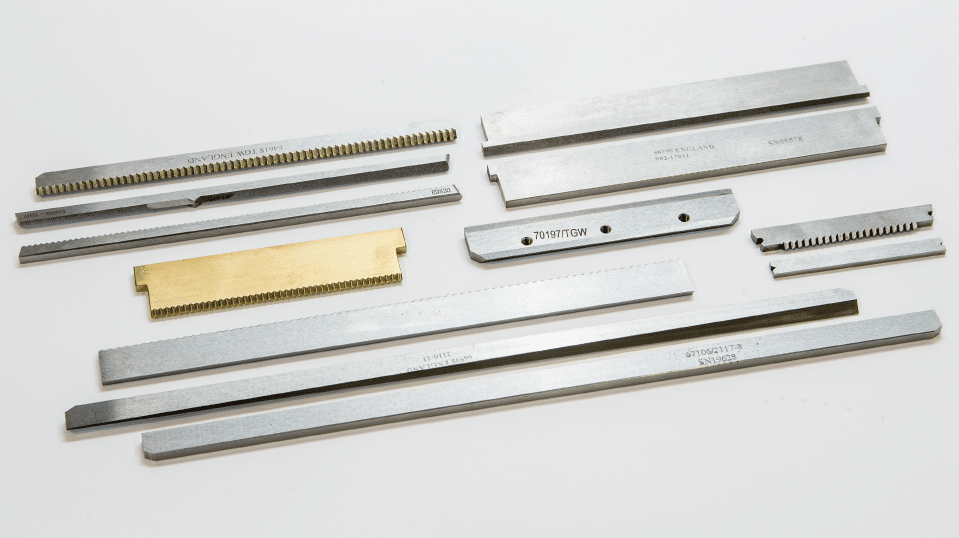
Unlike the vertical process of a VFFS machine, an HFFS (Horizontal Form Fill Seal)6 machine works on a horizontal plane. The process starts with a flat roll of film being unwound. Products are placed onto the film, which is then folded around them. Instead of one integrated sealing and cutting station, an HFFS machine uses a series of stations to get the job done. The blades here are not just for separating bags, but also for shaping and preparing the film along the way. Because it handles products horizontally, this system is ideal for larger items, multi-packs, or products that can't be dropped, like bakery goods or medical devices. The coordination between the different cutting actions is what makes the process so reliable.
The Blade Sequence in HFFS
The process is like an assembly line for blades. Each knife has a specific job to do at a specific time. If one blade is dull or misaligned, it can throw off the entire sequence. For example, if the end-seal cut-off knife is worn, you might get packs that are still connected, causing a jam down the line.
Key HFFS Cutting Stations
| Blade Station | Function | Common Blade Type |
|---|---|---|
| Slitting Knives | Cuts a wide roll of film into narrower lanes for multiple pack production. | Circular or dish-shaped slitting blades. |
| Cut-Off Knives | Make the final cross-cut to separate one finished package from the next. | Rotary, reciprocating, or box-motion blades. |
| Punching / Hole-Making | Creates holes for hanging (peg holes) or perforations for easy opening. | Custom-shaped punch blades. |
Why Is Choosing The Right Blade Material Critical For Your Packaging Line?
Are you constantly replacing dull blades that cause bad seals and tears? This downtime is frustrating, and it kills your efficiency and profits. The problem might not be the blade's shape, but what it's made of.
The right material, like high-speed steel (HSS) or tungsten carbide, ensures blade longevity and cut quality. A tougher, more durable blade resists wear from abrasive films and high speeds. This reduces frequent changes, minimizes waste, and keeps your production line running.
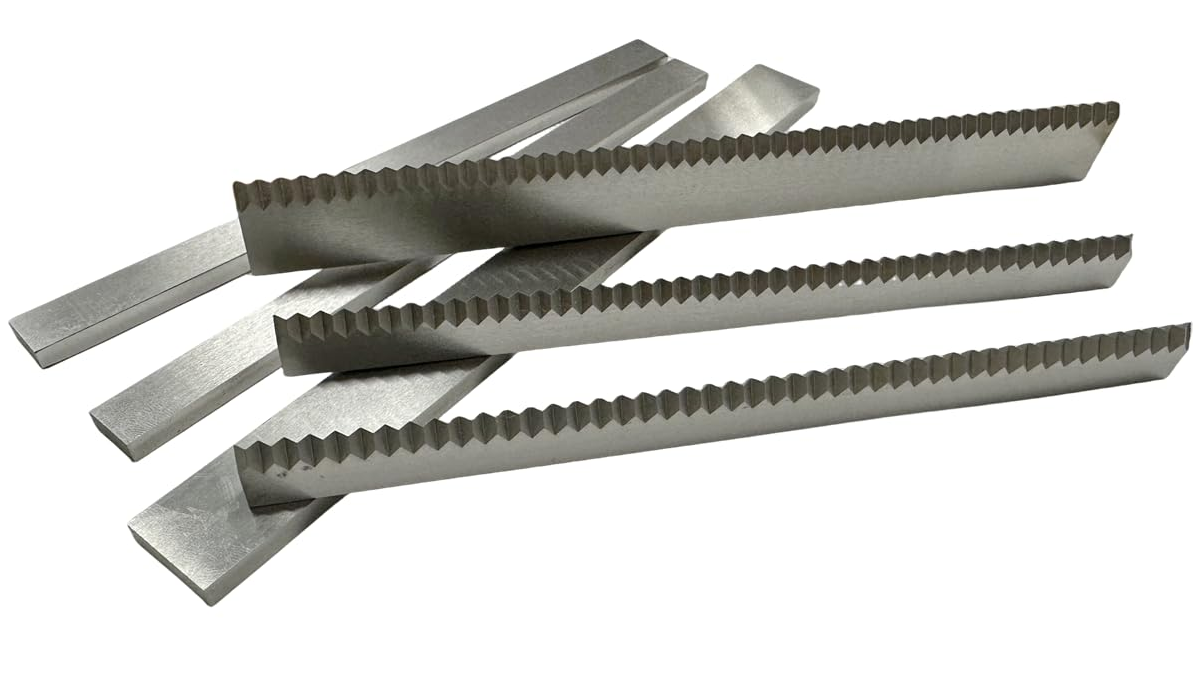
Choosing the right blade isn't just about matching the shape to your machine. The material it's made from is just as important, if not more so. A standard steel blade might work for a short time, but it will wear down quickly, especially with modern, abrasive, or recycled films. This is a challenge I help customers with all the time. A short blade life means more machine downtime for changes, more operator time spent on maintenance, and inconsistent cut quality. Upgrading your blade material is a direct investment in your production uptime and product quality.
A Real-World Example: Solving Alex's Problem
I remember a recent case with Alex, a technical manager at a food packaging plant in the UK. He contacted me because his VFFS and HFFS lines were suffering from the same issues: poor seals and ragged, uneven cuts. His team was changing blades constantly, but the problems would return within a few hours. After we talked, I realized the standard blades he was using just couldn't handle the high speeds and the slightly abrasive nature of his film. We designed a set of custom blades for him made from high-precision tungsten carbide. The difference was immediate. The blades stayed sharp for much longer, the cuts were perfectly clean, and his sealing issues disappeared because the cutting action was no longer interfering. Alex was thrilled with the increased efficiency.
Common Blade Materials And Their Uses
| Material | Key Advantage | Best For |
|---|---|---|
| Standard Steel | Low initial cost. | Low-volume applications with non-abrasive films. |
| D2 Steel | Good wear resistance at a moderate cost. | A solid upgrade for medium-volume lines that need better durability. |
| HSS | Excellent hardness and heat resistance. | High-speed lines where friction and heat can cause premature wear. |
| Tungsten Carbide | Extreme hardness and longest life. | The ultimate solution for high-volume, high-wear applications with tough films. |
Conclusion
Understanding your VFFS and HFFS blades is key. Choosing the right blade type and material will boost your packaging quality, reduce downtime, and improve your overall production efficiency.
Explore this link to understand the mechanics and benefits of VFFS machines in packaging. ↩
Learn about HFFS machines and their advantages in packaging processes. ↩
Find out how cross-seal jaw blades impact packaging quality and efficiency. ↩
Learn about the advantages of scissor-style blades for thicker packaging films. ↩
Explore this resource to gain a deeper understanding of VFFS technology and its impact on packaging efficiency. ↩
Explore this resource to gain a deeper understanding of HFFS technology and its impact on packaging efficiency. ↩



